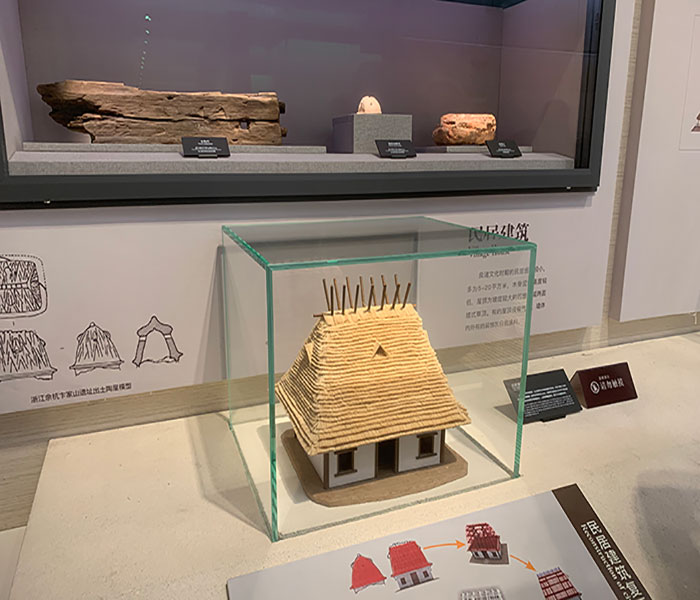The unique aesthetics and practical functions of transparent materials make them indispensable elements in modern technology and industrial design. Particularly in the fields of high-precision display devices, the automotive industry, and architectural design, there is a growing demand for anti-deformation and low-reflection properties. While traditional transparent glass provides a good visualization interface, its shortcomings of easy deformation and high reflectivity limit its wider application in specific high-end application scenarios. Therefore, the development and application of anti-deformation and low-reflection glass have opened up a ‘transparency revolution’, greatly improving visual effects and product performance.
The manufacture of anti-deformation and low-reflection glass involves the cross-application of multi-disciplinary technologies, including materials science, optical engineering, and precision manufacturing technology. The glass typically consists of a core glass layer and multiple layers of special coatings on the outside. The core glass layer is made of a special silicate formulation, which is melted at high temperatures and cooled rapidly to form a substrate with high hardness and stability. In addition, one or more micron-sized films with specific optical properties are coated on their surface using chemical or physical vapor phase deposition techniques. These films are designed to reduce light reflection and enhance wear resistance.
The design of the low-reflective coating is key when it comes to optical performance. By precisely controlling the thickness and refractive index of each coating layer, light reflection can be effectively reduced and light transmission increased, resulting in significant improvements in light transmission. For example, the use of materials such as indium tin oxide and magnesium fluoride can reduce reflectivity to less than 1 percent in the visible range, allowing the glass to maintain desirable transparency and clarity in a variety of light conditions.

Resistance to deformation is achieved by improving the microstructure of the glass. Using ion-exchange technology, the developers replaced the sodium ions in the glass with larger potassium ions, thus forming a compressive stress layer on the glass surface. This process not only enhances the hardness of the surface but also makes the glass less prone to deformation when subjected to external forces, ensuring its stability and safety in long-term use.
Environmental adaptability is also an important indicator of the performance of anti-deformation low-reflection glass. During the design and manufacturing process, consideration must be given to the performance of the glass under temperatures, humidity, and UV exposure. By selecting suitable coating materials and optimizing the structure of the coating, it is possible to ensure that this advanced glass maintains its desirable performance even in harsh environments.
Deformation-resistant, low-reflective glass is used in a wide range of applications, from high-end smartphone screens and displays for precision instruments to building facades and automotive windows. In these applications, this glass not only provides a desirable visual experience but is also highly regarded in the marketplace for its desirable environmental resilience and long-lasting durability. In the future, with the further development of nanotechnology and smart materials, the performance of anti-deformation low-reflection glass is expected to be further enhanced.
The development of anti-deformation low-reflection glass technology is not only a breakthrough in the field of materials science and optical engineering but also promotes the transition to higher standards and better performance in many industries. This ‘transparency revolution’ not only improves the visual effect of products but also expands the scope of the application of glass, opening up new paths for future technological innovation and industrial design. As this technology continues to mature and become more widely used, it is expected to further promote technological progress and market development in related fields.





